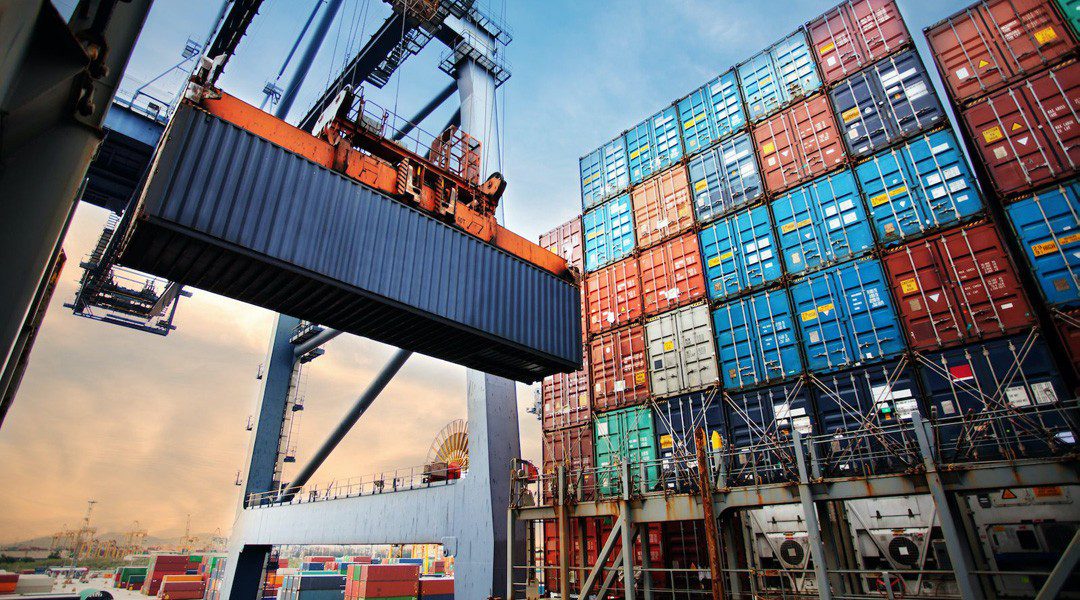Demurrage and detention charges for shipowners were now a significant cost centre for shippers, reports Container xChange, which recently held a webinar on the container shipping sector.
Surplus containers were bow piling up at warehouses as demand declined from the surge during late 2020 and through 2021. This has resulted in rising demurrage and detention charges, contributing substantially to the operational costs for shippers.
A panel of speakers from Drewry, S&P Global, and Container xChange discussed the impact of charges on shippers worldwide amidst the changing dynamics of demand and supply for containers on a global scale. Forecasts by the panellists indicated a potential further flattening of demand into the peak season. However, it also was noted that the impact of the disruptions would take time to fade, irrespective of containers moving at a greater or slower pace into the coming holiday season.
George Griffiths – Editor, Global Container Freight, S&P Global Commodity Insights said that “the shipping industry is going to see the freight rates stay flat for the rest of the year. However, it could see a little variance, but might not fall off the cliff to the extent that we saw it rise when it did in 2020 and 2021.”
Chantal McRoberts, Head of Advisory, Drewry Supply Chain Advisors said that there were “massive inventory levels that have been building up”, which meant for an unconventional peak season. “If you speak to shippers, they’ve got a lot in their warehouse that they need to move, and demand is falling”.
Griffiths said that “I firmly believe if nobody wants to ship anything on a container in the next six months, we still wouldn’t fix the issues that we’ve got in the market at this point. The market is really snarled up, and it’s going to take a lot of effort to fix it”.
Christian Roeloffs, Co-founder and CEO, Container xChange, said that his company had always compared the flow of containers situation to a traffic jam. “If there’s an accident and a traffic jam, even if the accident is cleared up it still takes a very, very long time for
traffic to flow again… it’s not the case that you just resolve the blockage and then everything flows.”
Insights from the annual Demurrage and Detention benchmark report showed that there was a major spike in D&D charges in 2021, the global average increase was 39% for standard containers whereas the charges for 20 distribution centres doubled in 2021.
Looking at the 2022 scenario, the trend in 2022 has been decreasing slightly. For some outlier ports, like Long Beach, Los Angeles, and Shanghai, the charges increased so much that it ended up with the value in 2022 still being higher than pre-pandemic value by 12%.
“The pandemic has thrown a variety of challenges towards the world, when it comes to demand and supply, it has shown some unlikely trends in the market. Ahead of the peak season, and the lifting of Shanghai lockdown, it should have given a bullish impetus to the shipping industry. However, the demand did not materialise”, said Container xChange.
Griffiths noted that in the US, carriers had been incentivized to keep a tight leash on their equipment due to high freight costs, meet demand, and log jammed into modal networks; within their purview, they had taken the cost of the containers on board.
“They need to have their equipment back to keep the flow going and be able to reposition the containers. And I think that’s an important nuance in the container market. So that’s why we’re starting to see these costs increase on detention and demurrage, it is because these charges are designed in such a way that it compensates carriers for the use of their
containers.”
McRoberts said that it was clear that supply chain disruptions were driving an increase in detention and demurrage charges. “If there’s a shortage of drivers, a shortage of physical people and vehicles to get the containers into the ports and out of the ports, it consequently increases the D&D charges. These physical blockages had pushed up charges
for shippers, and while the situation was easing, a full clearance of backlogs on the discharge front would not come until next year.”
Griffiths noted that “many, many carriers and operators have introduced strict free time parameters, and as a result these charges for delays have been levied against the shippers. They’ve become a significant cost centre for shippers. Previously, this was a transient cost, people didn’t really look at it. People didn’t pay that much attention to demurrage
and detention. But now it has become a cause of concern”
McRoberts observed that there was “some latent capacity coming in next year which should help equalize the /demand balance, and if we can get the pedal easing off the accelerator of port congestion, then hopefully that will positive ramifications on the cost side.”






